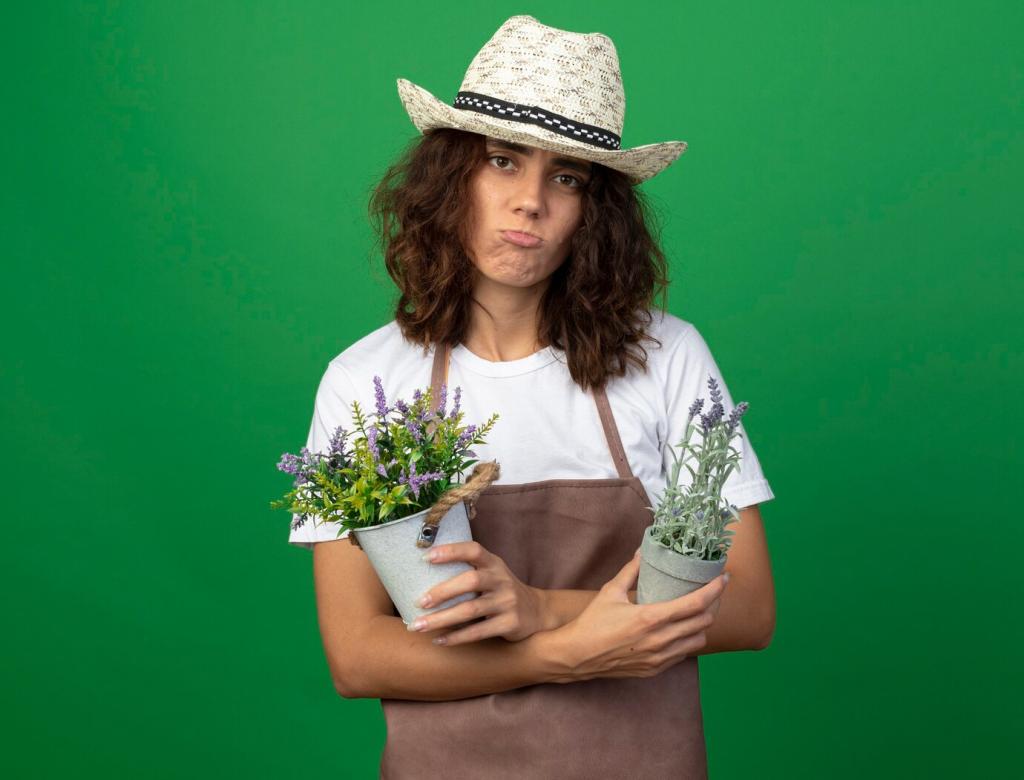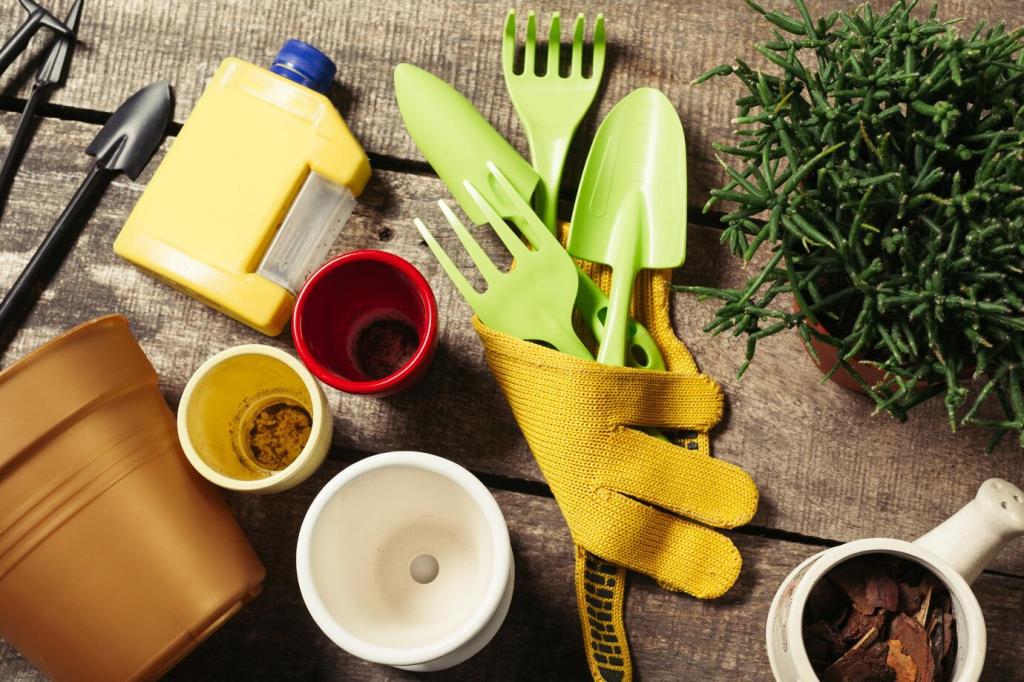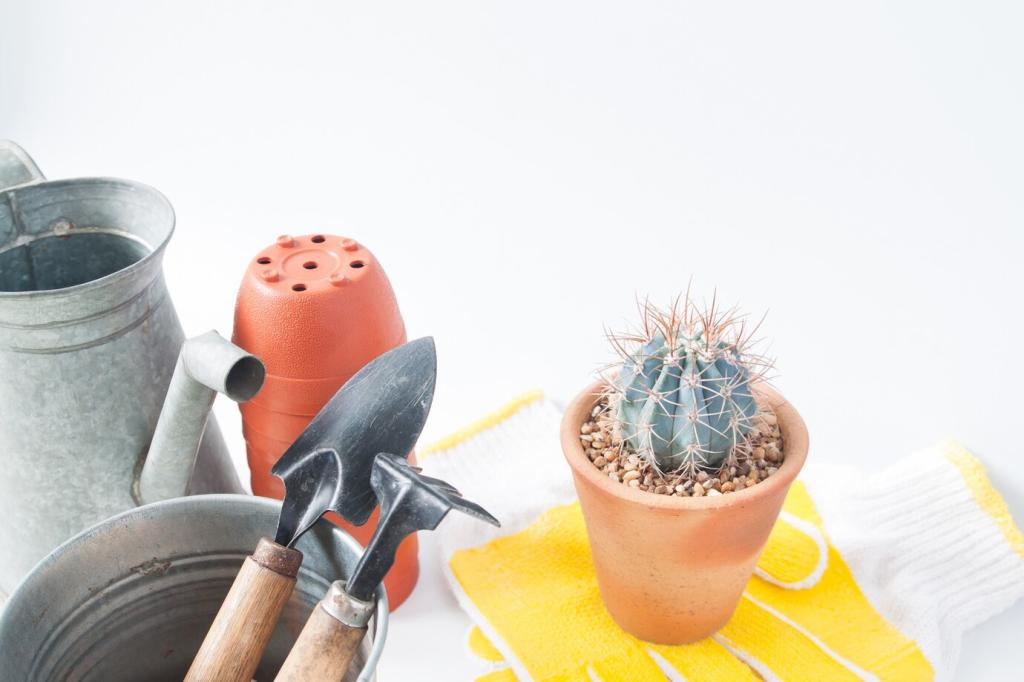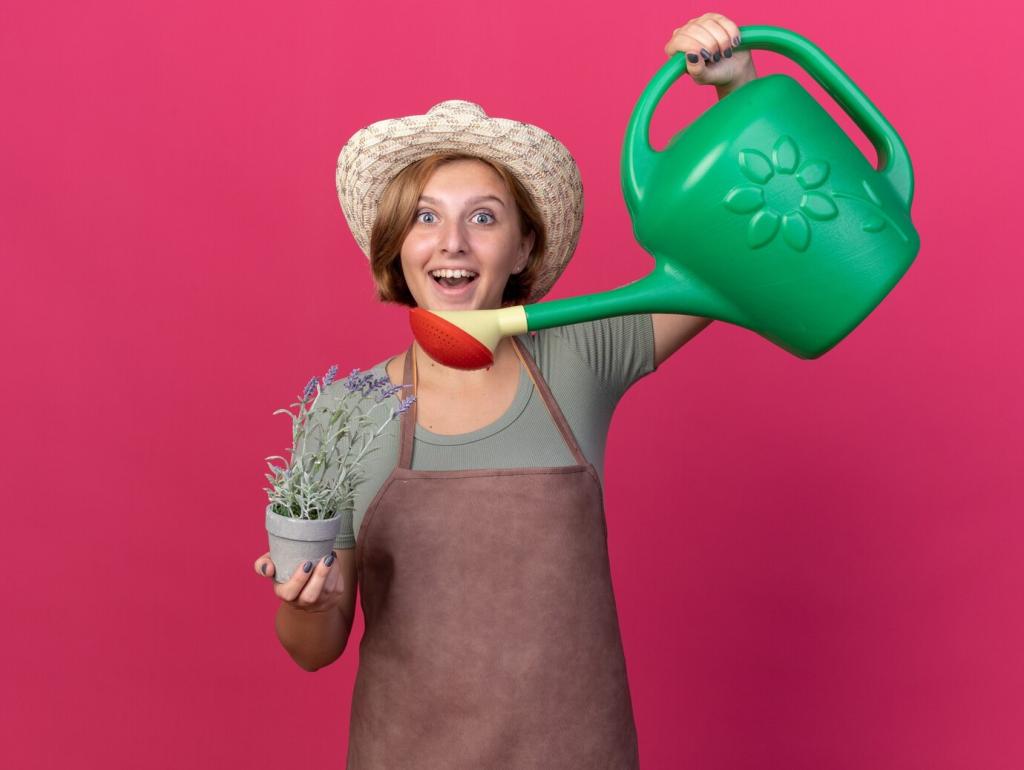Water, Measured: Smart Irrigation and Climate-Savvy Planting
Install moisture probes where roots actually drink, then sync controllers with local evapotranspiration data. The system adjusts daily, delivering just enough water without drowning soil life. Want our free sensor placement guide? Drop a comment with your USDA zone or climate region.
Water, Measured: Smart Irrigation and Climate-Savvy Planting
Group plants by water needs and sun exposure, then tune each zone with precise emitters. Shrubs, edibles, and native perennials thrive when their microclimates are respected. Ask us for a sample zoning map to start your next layout on the right digital foot.
Water, Measured: Smart Irrigation and Climate-Savvy Planting
Check your meter daily for a week, log rainfall, and compare controller runtimes. Most readers discover a 15–30% savings opportunity by day three. Post your results, and we will share a smart controller setting to shave off waste while protecting deep roots.







